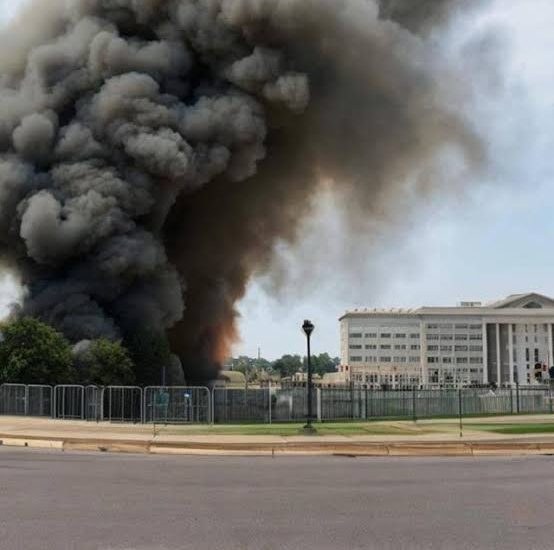
In May, a sudden turn of events rattled the US stock market. Social media and popular websites were abuzz with a fake image of an explosion near the Pentagon in Washington DC. Experts confirmed that the image was artificially generated using AI, raising concerns about the government’s need to regulate AI. Investors grew worried, as stocks tend to perform poorly during times of international conflict.
However, within a few hours, everything returned to normal when the government debunked the fake image. It was possibly the first time that an AI-generated image had such an impact on the markets. The image initially appeared on Facebook, spreading rapidly and causing panic among online investors, who started questioning the stability of the market in the face of AI-generated fakes.
The risks associated with AI fakes in algorithmic trading have become a topic of concern. Gary Gensler, the head of the US Securities and Exchange Commission (SEC), has expressed that technology could pose a systemic risk capable of triggering a financial crisis. Regulators and investors in the United States are actively working on regulations for AI. However, the more realistic AI-generated images become, the greater the threats to financial markets.
Algorithmic trading, driven by high-frequency trading and the rapid synthesis of headlines into trades, is vulnerable to the impact of fake news. However, Nir Vulkan, a professor at the University of Oxford, states that this trading behavior is not entirely new, and markets have mechanisms in place to correct such situations.
Algorithms used by renowned funds are more resilient to fake images. They can respond better to short-term fake events compared to humans. However, the potential impact of fake news on markets and algorithmic trading remains a question of general robustness.
Another risk factor is the tech stockpile associated with AI. Investors have shown increasing interest in tech stocks, particularly those related to AI. Experts like Julian Emanuel from Evercore ISI and JP Morgan strategists have expressed concerns about an overrepresentation of tech giants’ stocks in the market, which could lead to a sell-off if sentiment shifts away from AI, especially as central banks start raising interest rates.
While the recent incident involving a fake AI-generated image caused temporary turbulence in the stock market, it highlights the need for regulations and robustness in algorithmic trading. Market corrections, coupled with ongoing efforts to manage risks, can help navigate potential challenges arising from AI-generated fakes in the future.
Also, see:
OpenAI CEO Discusses AI with Indian PM Narendra Modi
